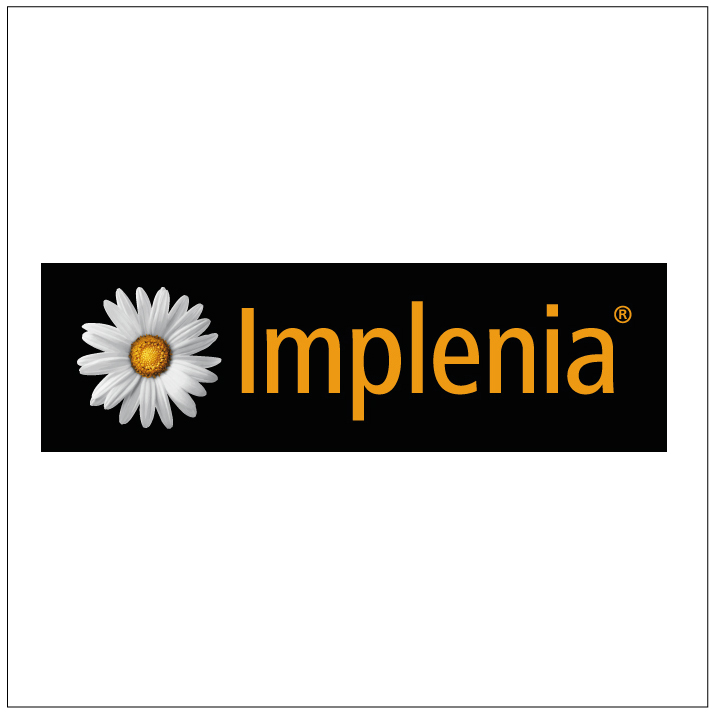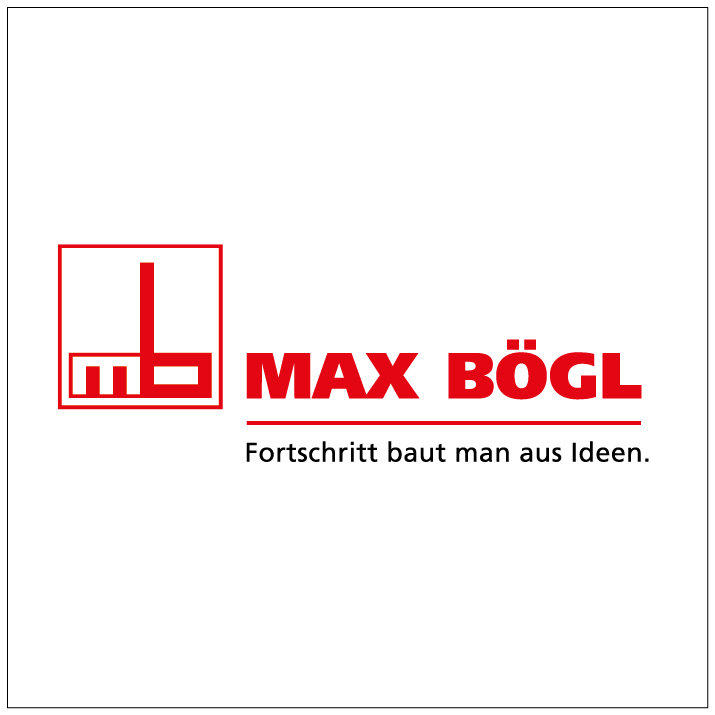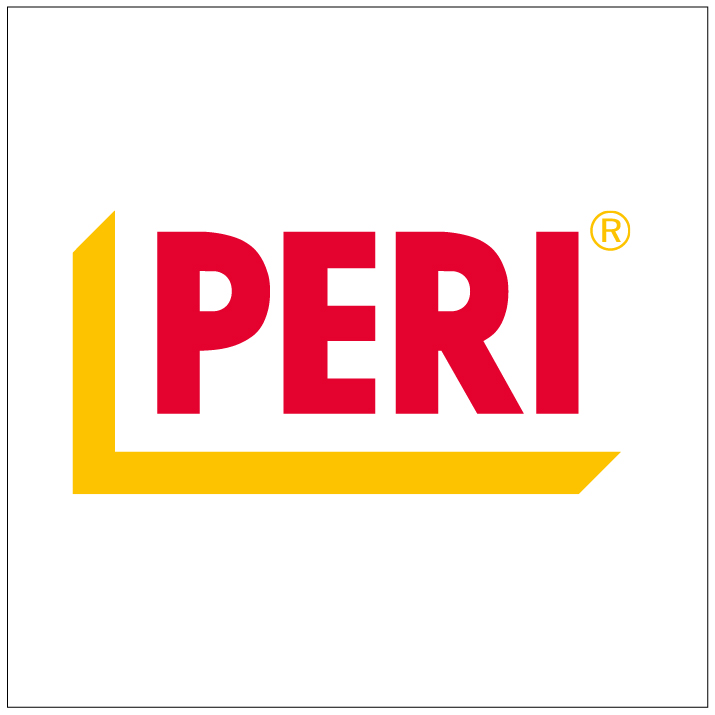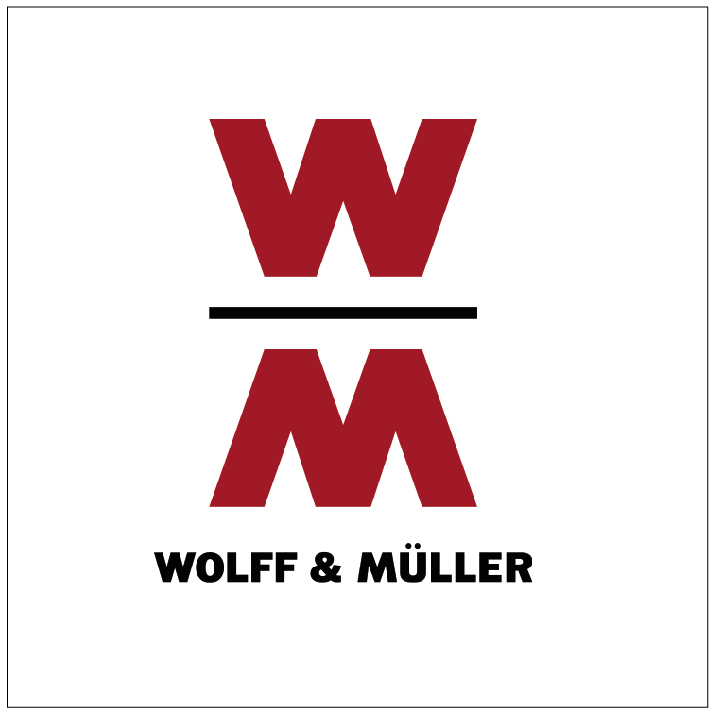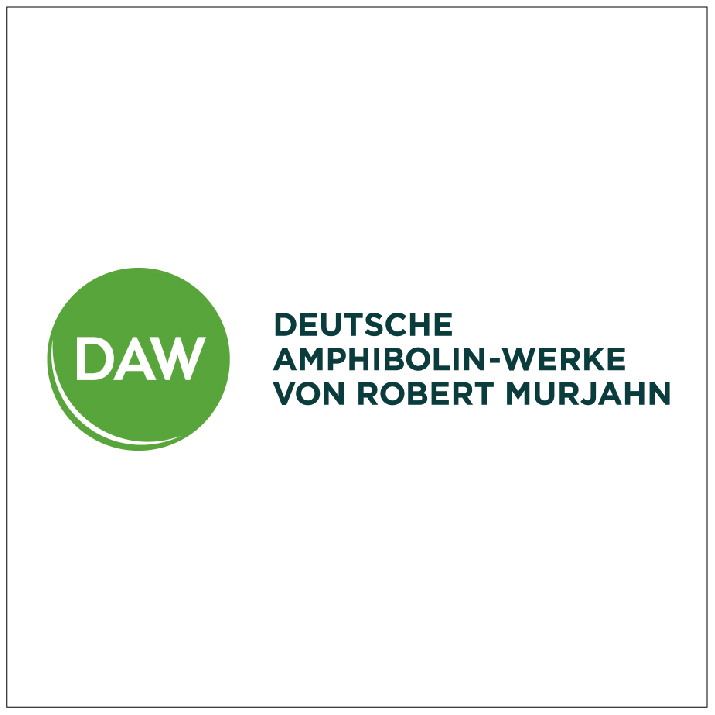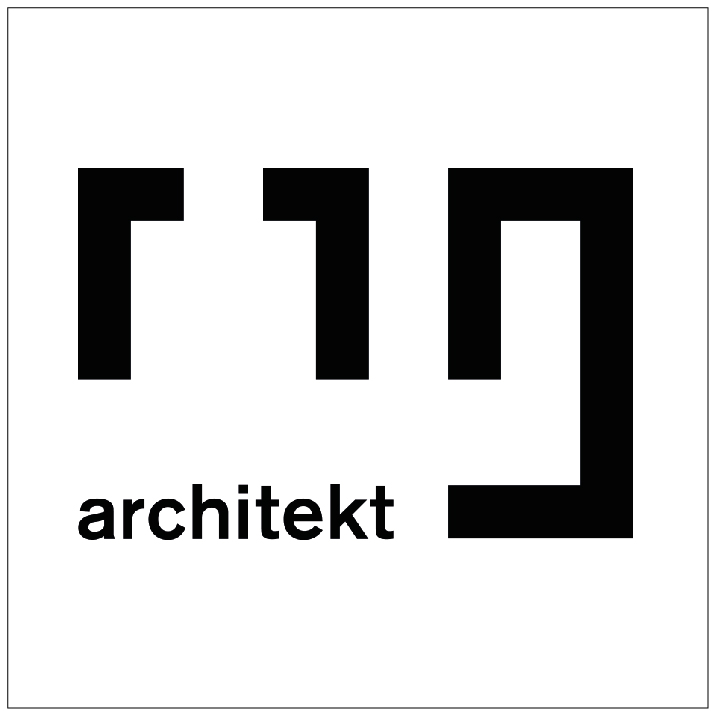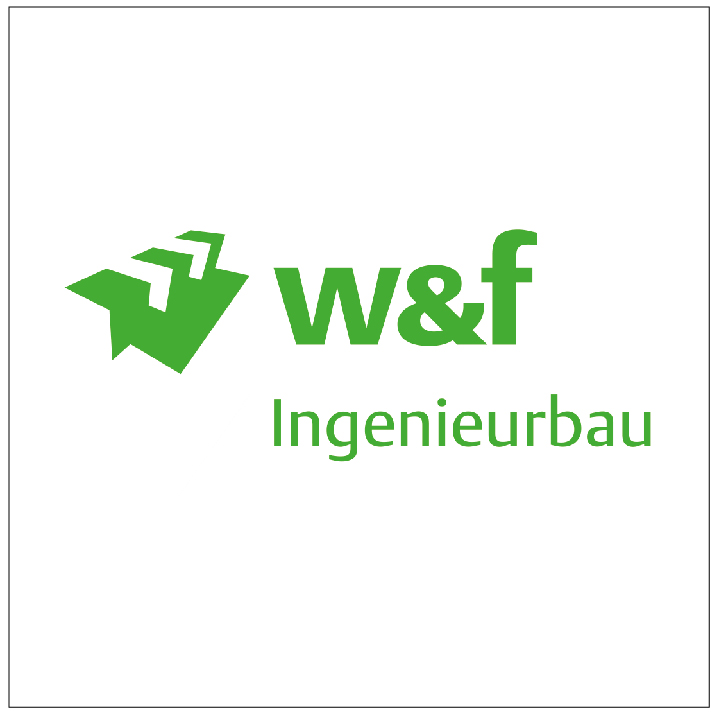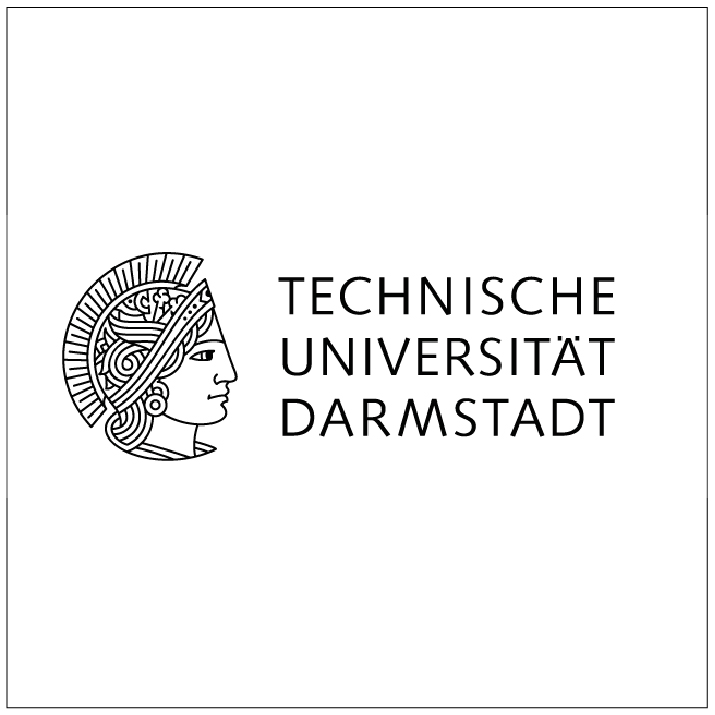BIM-Modellierungsrichtlinie
Erstellung einer standardisierten BIM-Modellierungsrichtlinie
Funders: Bundesinstitut für Bau-, Stadt- und Raumforschung (BBSR) im Rahmen der Forschungsinitiative Zukunft Bau
Project term: 03/2019 bis 08/2021
The successful, consistent application of the BIM method over the entire life cycle of buildings depends to a large extent on the coordination of the project participants with regard to data exchange and its contents. This includes the requirements for the level of geometric detailing and the necessary information requirements for the model elements. The necessary information requirements as well as the time of their provision can be described in the form of a modelling guideline. Depending on the objectives defined by the client, such a guideline should provide the project participants with information on the type of modelling as well as the content and level of detail of the structural data models. In practice, it is evident that larger companies in particular have developed internal modelling guidelines, which, however, are rarely coordinated with the other project participants. These existing modelling guidelines have each been developed and enriched over years by the creating companies from practical application; they thus reflect the experience of their own BIM experts. Since the documents developed represent corporate added value, they are kept under lock and key.
SMEs in particular therefore usually do not have the personnel capacities to develop their own guidelines. The essentially internal use of guidelines results in specific island solutions that are rarely suitable or can be used for cross-company cooperation with changing project partners. The practice sees the necessity of standardising modelling guidelines for an efficient cross-project and cross-company use of the BIM method in the future. Since the information used is distributed similarly in each project, it is advisable to develop a definition suitable for the sector so that modelling guidelines do not have to be developed individually. The development of a standard for the creation of building data models enables a considerable streamlining of the coordination process through the use of generally valid requirements for geometry and parameter detailing. By making available various modelling guidelines that have already been developed and applied in practice, the basis for standardisation is created.
The aim of this research project is to create a standardised BIM modelling guideline. Depending on the agreed BIM goals and applications, this includes scalable specifications regarding the necessary geometric level of detail and the associated information. Here, the previously described empirical values of modelling guidelines that have been tested and applied in practice are used. The publication and provision of a standardised BIM modelling guideline via a neutral research institution promotes the holistic implementation of the BIM method over the entire life cycle of a building in the industry and is therefore indispensable, especially for the involvement of SMEs. This standardised BIM modelling guideline can become part of the client information requirements (AIA) and thus be used consistently by all participants.
The research project is structured in four work packages (WPs) that build on each other:
In the first work package (WP1), existing modelling guidelines from planning, construction and operation are analysed with a focus on structure, content and potential for agreement as well as distinguishing features. The modelling guidelines to be analysed are provided by the participating practice partners, who have developed them and use them internally.
Within the scope of the analysis, a possible dependency in the categorisation or weighting of individual aspects is also considered, which will be taken into account in the further course of the research project. Subsequently, an allocation to BIM goals and applications as well as the derivation of a standardised modelling guideline will be carried out (WP 2). The aim is also to define a necessary level of detail or depth of detail for the various types of information. In the third work package (WP 3), the previously derived modelling guideline is expanded to include fundamental BIM goals and applications. Finally, the modelling guideline created will be validated on the basis of real BIM projects and supplemented by the empirical values gained (WP 4), and statements will be made about the adaptability and scalability of a standardised BIM modelling guideline.
Praxispartner

